|
Posted on 01/21/2004 12:00:23 AM PST by SAMWolf
|
|
 are acknowledged, affirmed and commemorated.
|

| Our Mission: The FReeper Foxhole is dedicated to Veterans of our Nation's military forces and to others who are affected in their relationships with Veterans.
Where the Freeper Foxhole introduces a different veteran each Wednesday. The "ordinary" Soldier, Sailor, Airman or Marine who participated in the events in our Country's history. We hope to present events as seen through their eyes. To give you a glimpse into the life of those who sacrificed for all of us - Our Veterans.
|
|
It can be said that D-Day, June 6th, 1944, is one of most important days in military history. That long-awaited day, the Allied invasion, combining forces mainly of the United States, Great Britain and Canada, assaulted the Normandy beaches and began to drive back the German occupying forces from western Europe. The landings from the English Channel took place primarily in Normandy; the Americans landed in the southeastern part of the Contentin Peninsula, code-named Utah Beach and just to the east at a placed code-named Omaha Beach.  Five hours before the invasion began, C-47s and gliders made drops of paratroopers from the 82nd and 101st Airborne Divisions the preceding night into the peninsula with the objective of disrupting German lines of communications and defenses. Due to heavy anti-aircraft fire and inexperienced pilots, most of the paratroopers were given the green light to jump before reaching their assigned drop zones. The troopers were scattered about the peninsula and spent most of the night time trying to muster under the cover of darkness. Many troopers were killed or taken prisoner, but some limited numbers did manage to assemble and begin their missions. As day broke the massive invasion of Allied forces rolled in from the sea but was met with heavy resistance from the German coastal defenses. American forces at parts of Utah Beach were taking indirect fire from a battery of 105 mm guns just inland. These guns were situated in a field to the north of an estate known as Brecourt Manor and just south of the hamlet of Le Grand Chemin. It was imperative that these guns were taken out, as they they were being directed by telephone from a forward observation post on the beach.  There is no arguing that the assault at Brecourt Manor was a well-executed operation. Given the task of assaulting the placement, Lt. Richard Winters, Easy Company, 506th Parachute Infantry Regiment, 101st Airborne Division, collected 13 others, planned and led the assault. As team member Sgt. Carwood Lipton later said, "The attack was a unique example of a small, well-led assault force overcoming and routing a much larger force. It was the high morale of E Company men, the quickness and audacity of the frontal attack, and the fire into their positions from different directions that demoralized the German forces and convinced them that they were being hit by a much larger force." (Band of Brothers, Ambrose pg. 102) After being assigned the task and gathering his team, Winters had everyone drop everything save their guns, ammunition and grenades (D Day and the Screaming Eagles, Koskimaki pg. 231).  Lt. Richard Winters After a night of havoc with sporadic contact with the enemy, Lt. Richard Winters, Easy Company (506 P.I.R.) managed to collect some of his men and men from other companies. He had landed on the northwest corner of Ste. Mere Eglise and steadily made his way, picking up others, to the east towards the beaches and then south. Eventually he assembled with larger numbers, and moving southward from Le Grand Chemin enemy contact was made; just south of Le Grand Chemin and north of Brecourt Manor a battery of 105 mm guns was shelling Utah Beach. Without realizing most of E Company was still making its way to the assembly point, Lt. Winters was ordered “to take his men” and knock out the placement. Knowing little more than the placement of a machine gun and one artillery piece, Winters and his force of 12 men moved south (Koskimaki, 230 - 231). On scouting the area, Winters found that there were actually four 105 mm guns connected by a trench network and defended from a distance by a collection of German MG42 nests. The highlight area in the middle of the diagram marks where the assault was setup and begun.   Upon arrival to close proximity to the battery, Lt. Winters set up two 30-caliber machine gun positions to act as bases of fire. Pvts. Joe Liebgott and Cleveland Petty were assigned one position, while Pvts. John Plesha and Walter Hendrix manned the second. Sgts. Mike Ranney and Carwood Lipton were sent northwesterly (past the old truck and rubbish pile) to establish covering fire as well. Lipton, with limited visibility, climbed a tree for a better view, but in an exposed position. Sgts. Bill Guarnere and Don Malarkey accompanied Lt Buck Compton down the tree line in a flanking position of the German MG42 nest.   Pvts. Joe Liebgott and Cleveland Petty were given the order to commence firing. Lipton and Ranney also began harrassing fire from the tree position. Meanwhile Compton, Malarkey and Guarnere were in position to attack from the German machine gun's right flank...   ...from the gun's right flank they threw grenades and began charging in thus knocking out the MG42. Lt. Carwood Lipton later recalled, "And then, just like in the movies, I saw Compton and Guarnere running in and throwing grenades with almost every step." (Koskimaki, pg. 230) Winters, along with his group (1) then charged along the tree line then out through the field to the trench system. The Germans in gun position one were overwhelmed...   ...and abandoned the first gun position. What German infantry was left retreated south in the trench system towards the next gun and south across the field towards Brecourt Manor only to be fired on in the open. Contrary to the HBO series depicting Lorraine has having trouble hitting a retreating German, it was Bill Guarnere who actually missed his man. "Guanere missed the ... Jerry, but Winters put a bullet in his back. Guarnere followed that up by pumping the wounded man full of lead with his tommy gun." (Ambrose, 98) The assault team now began to take fire from a line of MG42 nests located in the hedges to the west and southwest. Additionally the Germans in the next gun position began to fire and throw grenades. It was here in the north end of the trenches, as gun one was taken and about to be destroyed, that Popeye Wynn was injured by grenade, and Joe Toye had two close calls.  With the first gun under control, the attack on the second gun was put into place, but Winters, sensing a counterattack, checked the trench system. "I flopped down and by lying prone I could look through the connecting trench to the next position, and sure enough there were two of them setting up a machine gun, getting ready to fire. I got the first shot in however, and hit the gunner in the hip. The second...in the shoulder." (Koskimaki, pg 232) The MG42 fire from the west across the field was almost non- stop at this point, so all activity was limited to a crouch in the trench system. Lipton made his way up to the first gun only to discover that he had left his musette bag with explosives behind. He left, as ordered, to retrieve his bag. Winters now ordered the assault on the second gun. Leaving three men on the first 105, Winters led five others in a charge on the gun. With only one casualty the gun was taken (Ambrose 100). It was at the second 105 position that Winters discovered the radio and map room. This was an important find, as the maps contains locations of every German battery on the Contentin Peninsula. Winters ordered the radios and remaining materials destroyed.  With two guns under their control, Winters ordered the four machine gunners forward to suppress the MG42 fire from across the field. The team was joined by Pvt. John D. Hall of A Company. Hall led the charge on the third gun but was killed. However, the gun was taken (Ambrose, pg. 100). Captain Hester, S3, then joined the team, bringing with him incendiary grenades. Winters ordered all the captured guns destroyed.  Five more men, led by Lt. Ronald Spiers of D Company, arrived to reinforce the effort. Speirs led the assault on the fourth and final gun. The gun was taken but not without the loss of one man, "Rusty" Houch of F Company (Ambrose 101). All guns were now capture and effectively put out of operating order.  With all guns captured and destroyed, Winters ordered a fallback to the original starting point and subsequet retreat to Le Grand Chemin. "Winters' casualties were four dead, two wounded. He and his men had killed 15 Germans, wounded many more and taken twelve prisoner; in short they had wiped out the 50 man platoon of elite German paratroops defending the guns, and scattered the gun crews" (Ambrose, pg. 102)  10,5-cm leichte Feldhaubitze 18/40 For their actions, Lt Richard Winters received the Distinguished Service Cross, while Compton, Guarnere, Lorraine and Toye received the Silver Star; Lipton, Malarkey, Ranney, Liebgott, Hendrix, Plesha, Petty and Wynn recieved the Bronze Star (Ambrose, pg. 104).
|
Evening everyone.


The 4.2 mortar is a fun toy.
Blows stuff up real good.
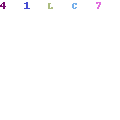
Only your left arm and leg?
I pity the fool who is so moderate.

Only your left arm and leg?
I pity the fool who is so moderate.

M15 White Phosphorus Smoke Hand Grenade
Description: This grenade is made of smooth sheet metal and is cylindrical in shape with slightly rounded ends. It weighs 31 ounces and contains 15 ounces of white phosphorus filler, employing a detonator type fuse. The body of the grenade is grey with yellow markings. The detonator spreads small particles of white phosphorus that when come into contact with the air burn at high temperatures giving off a dense white smoke. It burns for around 60 seconds and will ignite any flammable substance it comes into contact with.

Description: This type of hand grenade was designed to replace the M15 white phosphorus hand grenade. The body of the grenade is cylindrical withe the bottom tapered. It is serrated so that it would break up easily when detonated. The grenade weighs 27.2 ounces and contains a filler of 12 ounces of white phosphorus.

E-8. M34 WHITE PHOSPHORUS HAND GRENADE
The M34 chemical smoke grenade is the most versatile of all hand grenades (Figure E-8). The grenade can be used for signaling, screening, or incendiary missions, or for producing casualties. The use of this grenade also has a psychological impact on the enemy.
a. Body. The M34 WP grenade body is compressed fiber or plastic sphere.
b. Filler. The filler has 15 ounces of white phosphorous.
c. Fuze. The fuze is an M206A2.
d. Weight. The grenade weighs 27 ounces.
e. Capabilities. The average soldier can throw the grenade 30 meters. The grenade has a bursting radius of 35 meters. All friendly personnel within this 35-meter area should be in a covered position to avoid being struck by burning particles. The WP filler burns for about 60 seconds at a temperature of 5,000 degrees Fahrenheit. This intense heat causes the smoke produced by the grenade to rise rapidly, especially in cool climates, making the M34 grenade less desirable for use as a screening agent. (The M15 WP smoke hand grenade is similar to the M34. For more information, refer to TM 9-1330-200-12.)
f. Color and Markings. Under the old ammunition color-coding system, the white phosphorous grenade is light gray with a single yellow band and yellow markings. Under the new standard color-coding system, the M34 grenade is light green with a single yellow band and light red markings.
NOTE: Most M34 WP smoke hand grenades presently in use were manufactured before the standard color-coding system agreement and are painted according to the old color code.
WARNING
The M34 has a bursting radius of 35 meters, which is farther than the average soldier can throw it; therefore, the thrower must be in a covered or protected position.
God of Hellfire Training Exercises
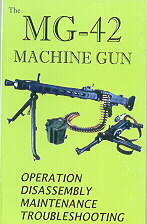
MG 42 Machine Gun:Operation,disassembly,maintenance, troubleshooting

Das berühmteste MG der Welt, das MG 42

Ein einzelnes MG 42 stellte fast 75% der Feuerkraft einer normalen Infanteriegruppe.
Everything you wanted to know about the 105 but were afraid to ask

Tommy Gun in Combat
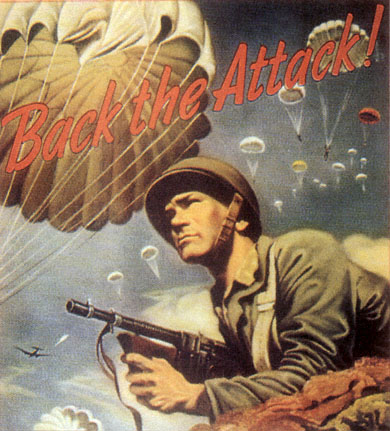
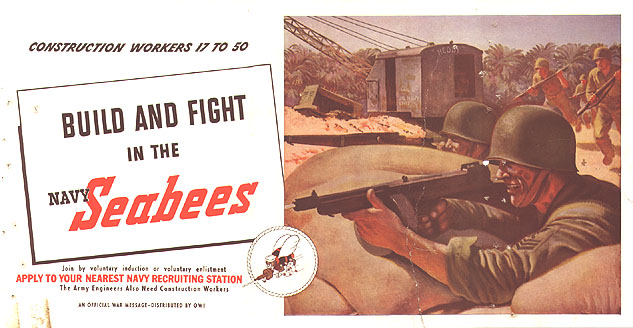
More red-blooded stuff from nfatoys.com


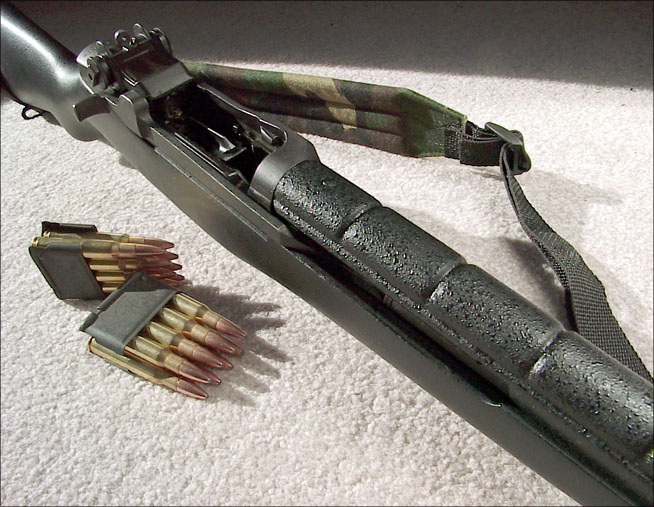
You already said it wasn't the 7th Army patch, I'm wondering if it was one of the Corps patches.

It burns for around 60 seconds and will ignite any flammable substance it comes into contact with.
and burns through anything that isn't flammable. :-)
Thanks for profiling all the weapons.
That MG42 was a hell of a weapon. The Germans based their squads on the MG rather than the rifle. It was the opposite of our squads were the MG is backup for the rifles. They had the rifles to back up the MG's.
Disclaimer: Opinions posted on Free Republic are those of the individual posters and do not necessarily represent the opinion of Free Republic or its management. All materials posted herein are protected by copyright law and the exemption for fair use of copyrighted works.